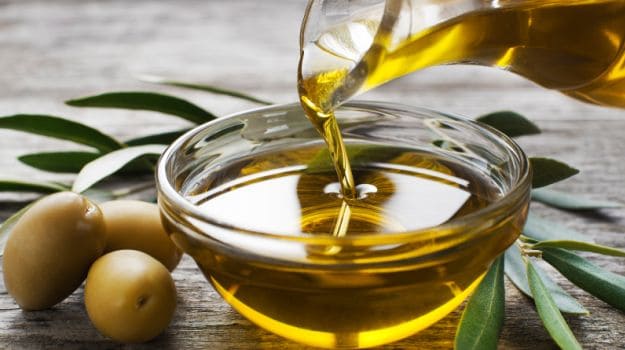"The choice of cooking oil is hugely important owing to its impact on the lipid profile in the fish and on the possible generation of toxic compounds in the oil during frying, which can influence food safety and human health," said Barbara Nieva-Echevarria, researcher at the University of Basque Country.
To conduct this research, fillets of European seabass and gilthead seabream were shallow-fried in a frying pan and cooked microwave oven using extra virgin olive oil and refined sunflower oil. The study suggests that while shallow-frying, not only do the fish lipids migrate to the frying oil but the components of the oil are also transferred to the fish fillet.

After having been used for frying, the extra virgin olive oil was found to be richer in Omega-3, Omega-1 acyl groups, linoleic and saturated fats (from the fish) and poorer in oleic, which is the main acyl group in olive oil, revealed the study.
The fat in the fish fillets and its composition also changed during the frying process and became enriched by the acyl groups present in a higher concentration in the frying oil than in the fillet and in plant sterols. Simultaneously, during the frying process the lipids in the fish fillets were depleted in the acyl groups and minority components present in a greater concentration in the raw fillet than in the original oils.
"This study shows that the frying technique, the type of oil used and the fish species exert a great influence on the changes that take place during the frying process," added Nieva-Echevarria.










